Increasing Health Awareness
The rising awareness regarding health risks associated with traditional tobacco products is driving consumers towards smokeless alternatives. Smokeless Tobacco Market is witnessing a shift as individuals seek less harmful options. According to recent studies, smokeless tobacco products are perceived as less detrimental compared to cigarettes, which may contribute to their growing popularity. This trend is particularly evident among younger demographics who are more health-conscious. As a result, manufacturers are focusing on promoting smokeless tobacco as a safer choice, potentially expanding their consumer base. The increasing health awareness is likely to influence purchasing decisions, leading to a sustained demand for smokeless tobacco products.
Changing Social Norms and Acceptance
The evolving social landscape is influencing the Smokeless Tobacco Market. As societal attitudes towards tobacco consumption shift, smokeless tobacco is increasingly accepted in various social settings. This change is particularly notable in regions where traditional smoking is stigmatized. Smokeless tobacco products are often viewed as more discreet and socially acceptable, which may encourage their use among individuals who prefer to avoid the negative perceptions associated with smoking. Furthermore, marketing strategies that emphasize the social aspects of smokeless tobacco consumption could enhance its appeal. This changing social acceptance may lead to a broader market reach and increased sales for smokeless tobacco products.
Regulatory Environment and Compliance
The regulatory landscape surrounding tobacco products is continuously evolving, impacting the Smokeless Tobacco Market. Governments are implementing stricter regulations on traditional tobacco products, which may inadvertently drive consumers towards smokeless alternatives. Compliance with these regulations often requires manufacturers to adapt their product offerings, leading to innovation and diversification within the smokeless tobacco sector. For instance, some regions have introduced lower taxation rates for smokeless products, making them more financially attractive to consumers. As regulations continue to shape the market, companies that effectively navigate these changes may gain a competitive advantage, potentially increasing their market share in the smokeless tobacco industry.
Rising Disposable Income and Consumer Spending
The increase in disposable income across various demographics is positively influencing the Smokeless Tobacco Market. As consumers experience higher levels of disposable income, their spending on premium smokeless tobacco products is likely to rise. This trend is particularly evident in emerging markets, where economic growth is fostering a burgeoning middle class with a penchant for quality products. The willingness to spend on premium offerings may lead to a diversification of product lines, catering to different consumer preferences. Consequently, manufacturers may focus on enhancing product quality and branding to attract this affluent consumer segment. The correlation between rising disposable income and increased spending on smokeless tobacco could significantly impact market dynamics.
Technological Advancements in Product Development
Technological innovations are playing a crucial role in the Smokeless Tobacco Market. The introduction of advanced manufacturing techniques and product formulations has led to the development of new smokeless tobacco products that cater to diverse consumer preferences. For instance, the emergence of flavored and herbal smokeless tobacco options has attracted a broader audience. Additionally, advancements in packaging technology have enhanced product appeal and convenience. As companies invest in research and development, the market is expected to see a surge in innovative products, which could further stimulate growth. This focus on technology-driven product development may redefine consumer experiences and preferences in the smokeless tobacco sector.
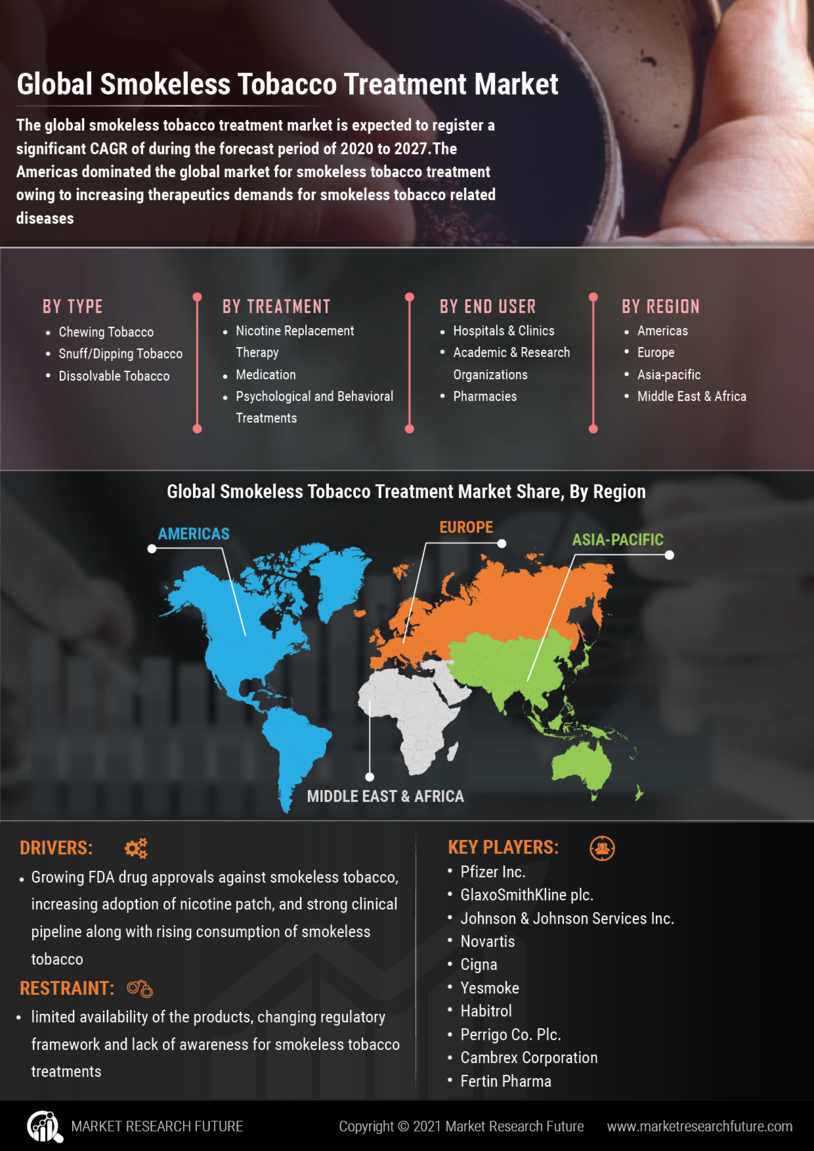

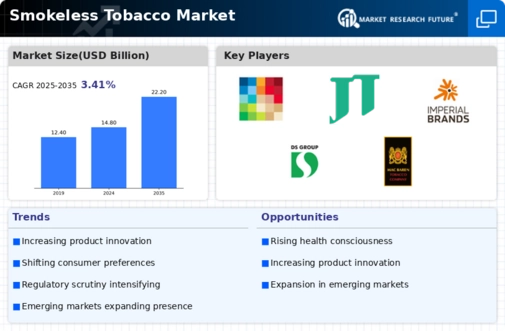

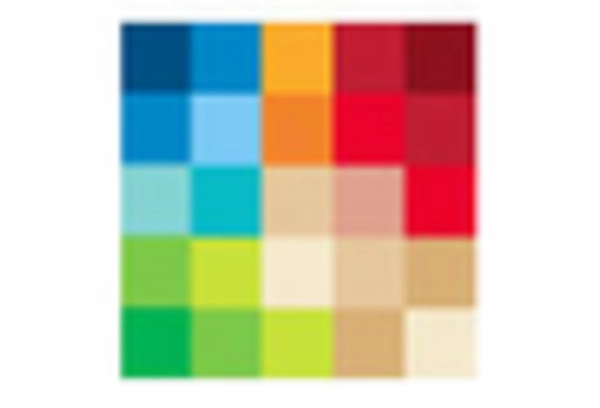
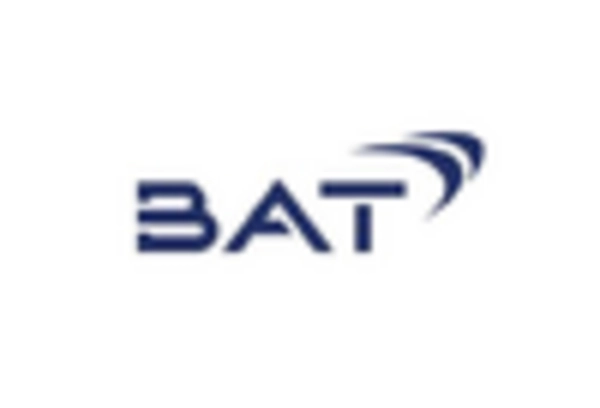
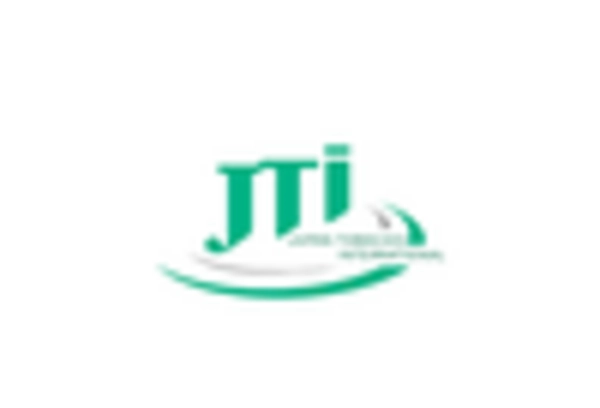

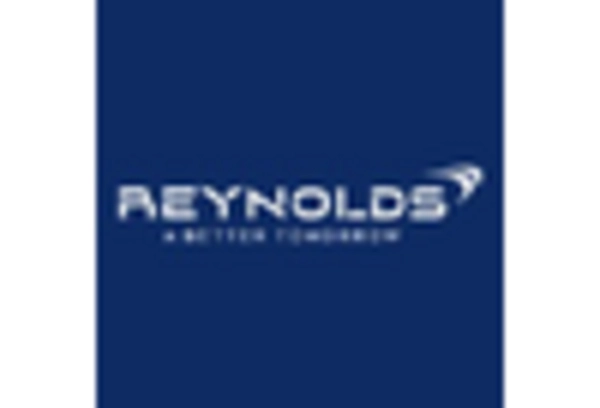









Leave a Comment